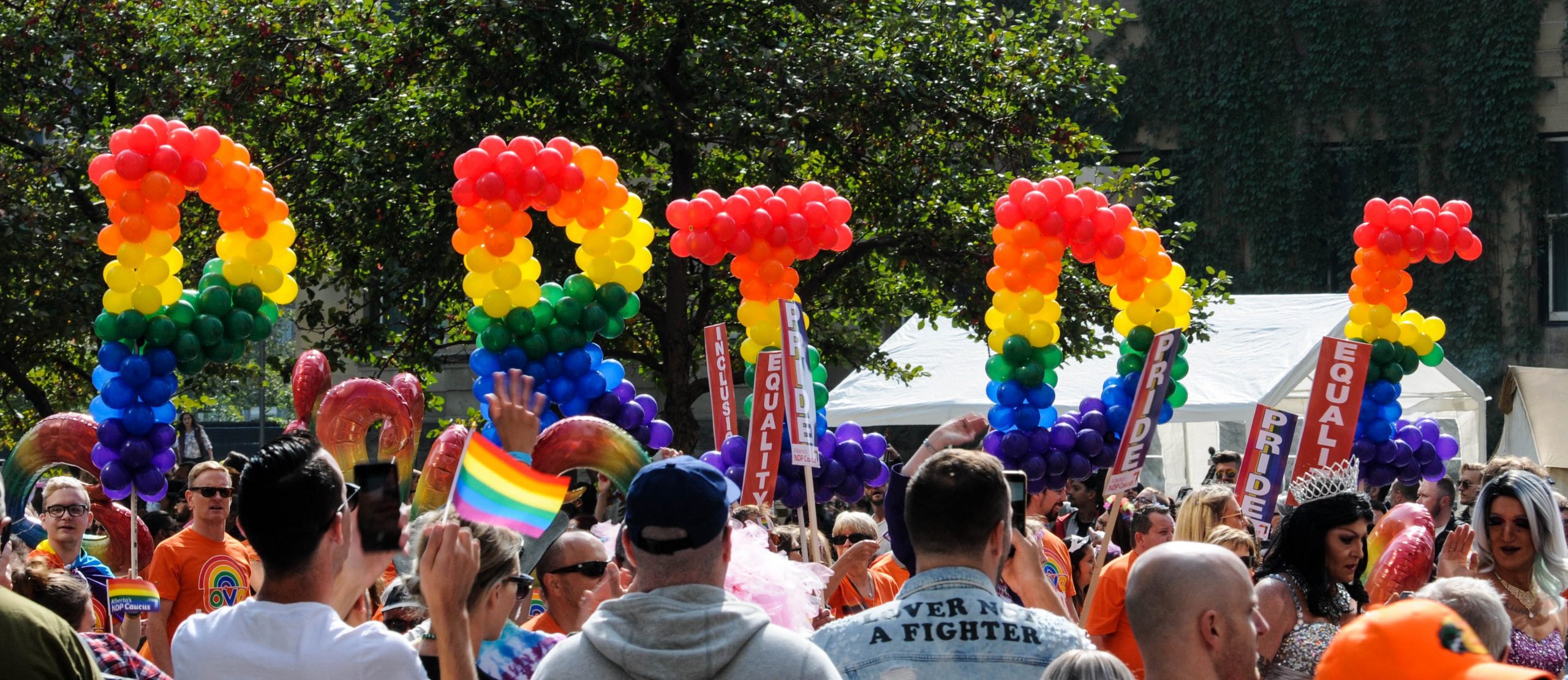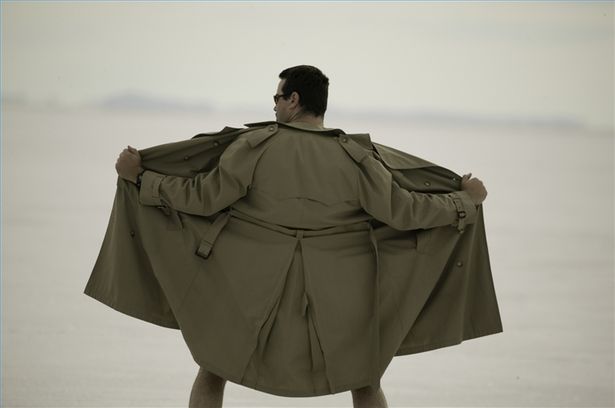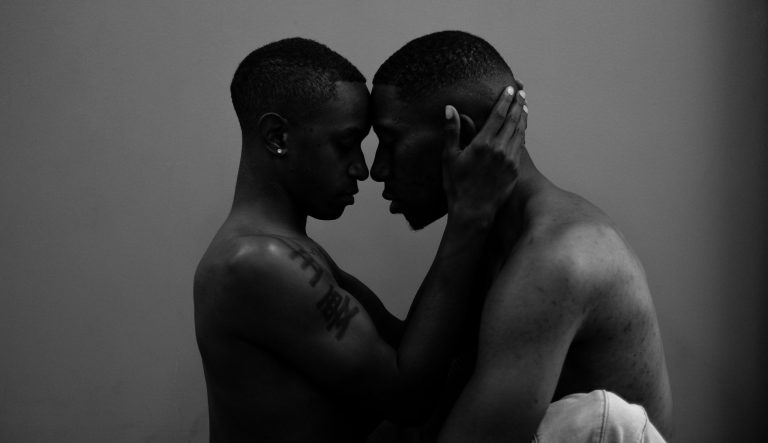WHY PRIDE PARADES MATTER
Besides being the first (official) month of the summer – at least in the northern hemisphere – June is the part of the year when lesbian, gay, bisexual, transgender, queer, intersex, and other sexual minorities (LGBTQI+) get together and march for their right to freely express themselves. These events can take many forms, but among the biggest are the so-called pride parades.
Pride parades refer to outdoor events celebrating LGBTQI+. They began 50 years ago in New York (United States of America) with the notorious Stonewall Inn liberation movement and are, nowadays, staged all around the world. However, both outside and inside the LGBTQI+ community, pride parades have been facing criticism (Peterson, Wahlström, & Wennerhag, 2018). The arguments from the former are often related to immorality and conspiracy theories about their agendas. On the other hand, within groups, parades can be sometimes seen as an inappropriate display that does more harm than good. That being said, it seems important to clarify why pride parades matter. Here are a few reasons:
- Pride parades commemorate the LGBTQI+ history. Like many other minorities, the nonheterosexual community has been a subject of various forms of oppression and violence throughout history (see Pickett, 2009). Many individuals had suffered greatly on the behalf of ideologies and political regimes and the victims of such regimes should not be forgotten. Likewise, we owe to remember those whose have been fighting so that today the community has (some of) the respect it deserves.
- Pride parades make the LGBTQI+ individuals visible. In the present time, where heterosexuality is still the norm (Lehmiller, 2014), it is essential to show to those who identify as LGBTQI+ that they are not alone. Pride parades, as the most visible manifestation of the LGBTQI+ thus serve as collective support that can empower many of those who are still struggling to find their place.
- Pride parades celebrate the LGBTQI+ in all its forms. Although the attitudes towards the community are turning more and more positive, for a majority of LGBTQI+ people, it is still incredibly uncomfortable at best, dangerous at worst to express who they are. Events like these provide the LGBTQI+ community with a safe place where they can show their identity without the fear of judgement. At least once a year.
- Pride parades are a powerful form of activism. Since the beginning, pride parades have been essentially rebellious acts against stigmatisation, marginalisation, criminalisation, and medicalisation of the nonheteronormative identities. Marching along the parades can be thus understood as a way of expressing the ideology that everyone deserves to be treated equally – regardless of their gender and/or sexual orientation.
- Pride parades are beautiful, joyous, colourful memorabilia. Last but not least, there is a cultural side to pride parades that cannot be overlooked. These events often combine the serious stuff (e.g., politics) with arts and fun and the latter are often considered to be the highlights for the participants. Each pride parade is a unique and different experience from the next, full of festivities and extraordinary parties.
To conclude, pride parades are a cultural phenomenon that celebrate diversity and acknowledge the fact that love has many forms. They are ‘symbolically efficient, and they demonstrate and generate power’ (Enguix, 2009). They are an important part of the human rights movement and can be understood as acts of hopeful resistance. So, next year, join the march and show your support to the LGBTQI+ community in order to show them that they are valued, respected, loved, and welcome. Because no human deserves less!
REFERENCES
Enguix, B. (2009). Identities, Sexualities and Commemorations: Pride Parades, Public Space and Sexual Dissidence. Anthropological Notebooks, 15(2), 15–33. Retrieved from https://www.researchgate.net/publication/266251108_Identities_Sexualities_and_Commemorations_Pride_Parades_Public_Space_and_Sexual_Dissidence
Lehmiller, J. J. (2014). The Psychology of Human Sexuality. Chichester, West Sussex: John Wiley & Sons, Ltd.
Peterson, A., Wahlström, M., & Wennerhag, M. (2018). Pride Parades and LGBT Movements: Political Participation in and International Comparative Perspective. New York, NY: Routledge.
Pickett, B. L. (2009). Historical Dictionary of Homosexuality. Lanham, MD: The Scarecrow Press, Inc.
BIO STATEMENT
Eva Strukelj is a recent graduate of Clinical and Health Psychology (Mater Programme at the University of Algarve) with an interest in sexual health and with its related social topics. She is currently an intern at Willingness Hub.





